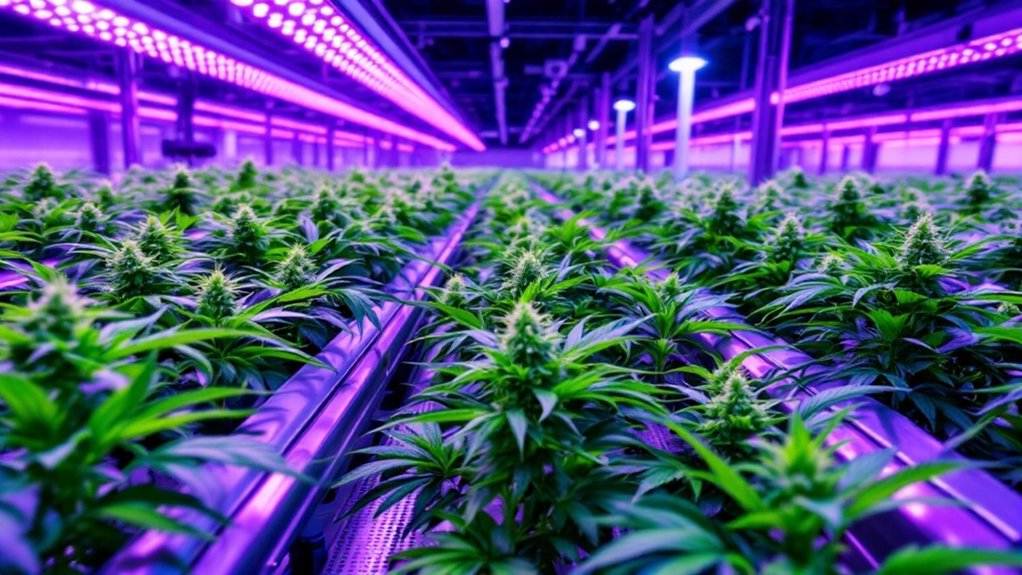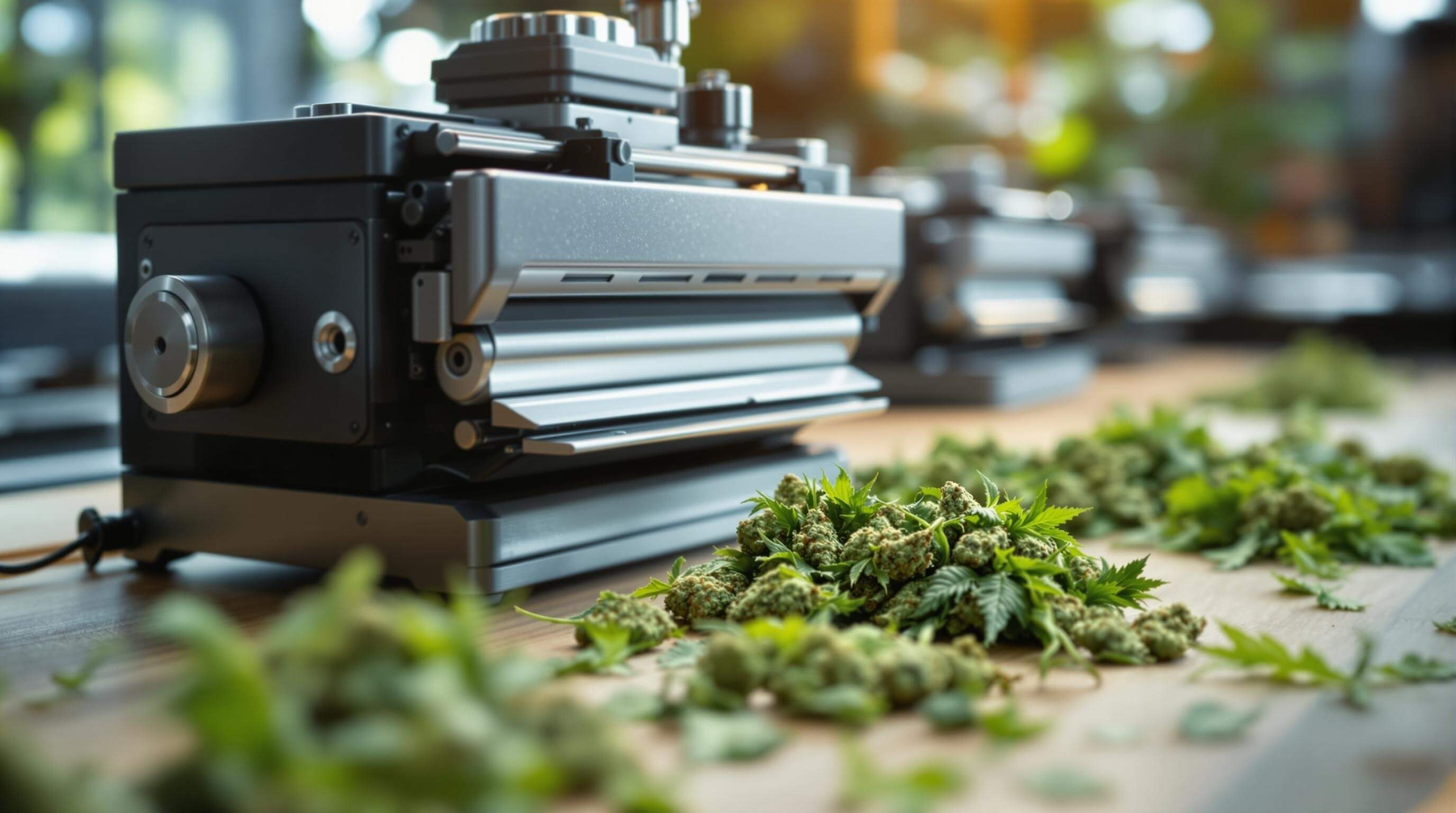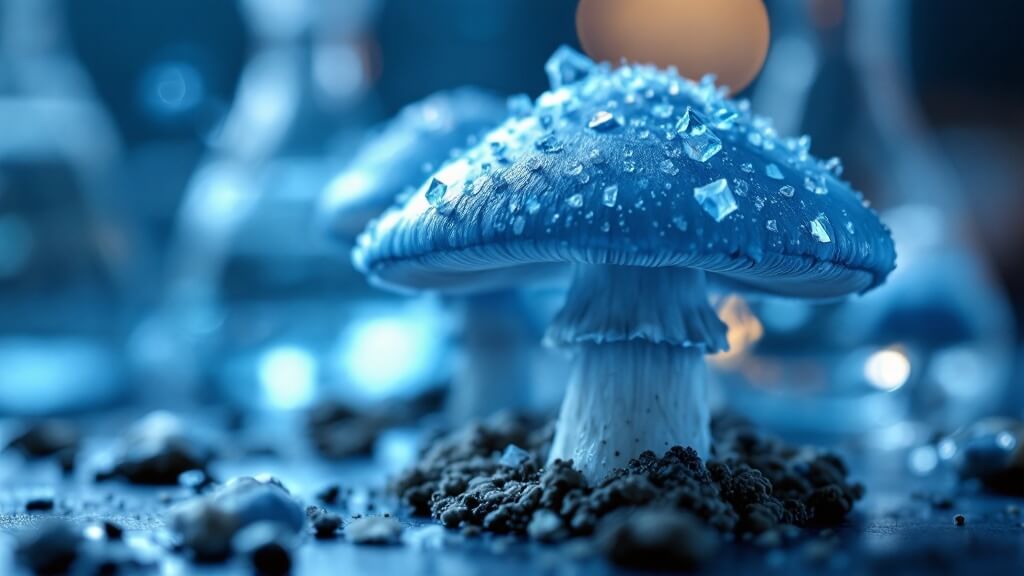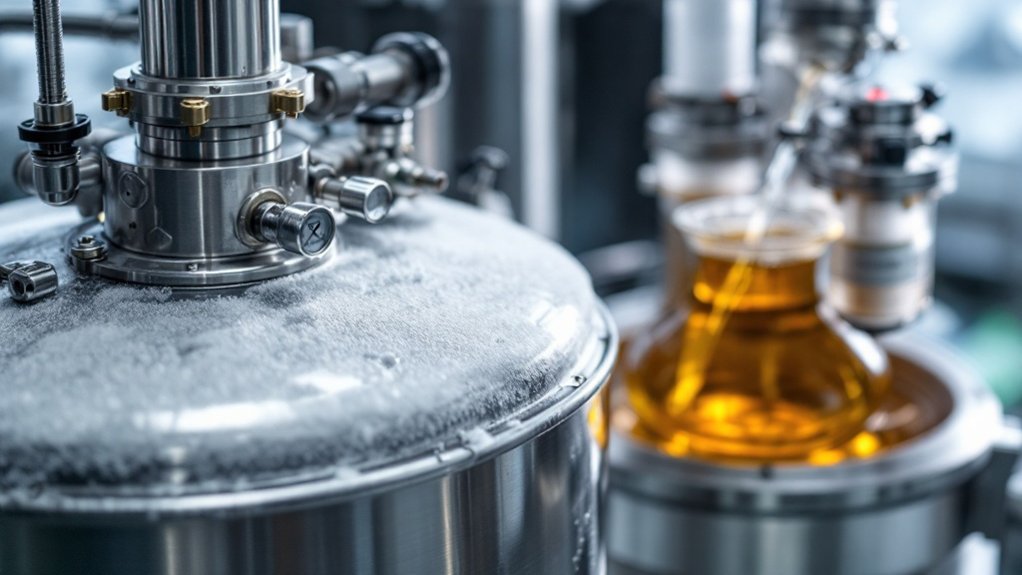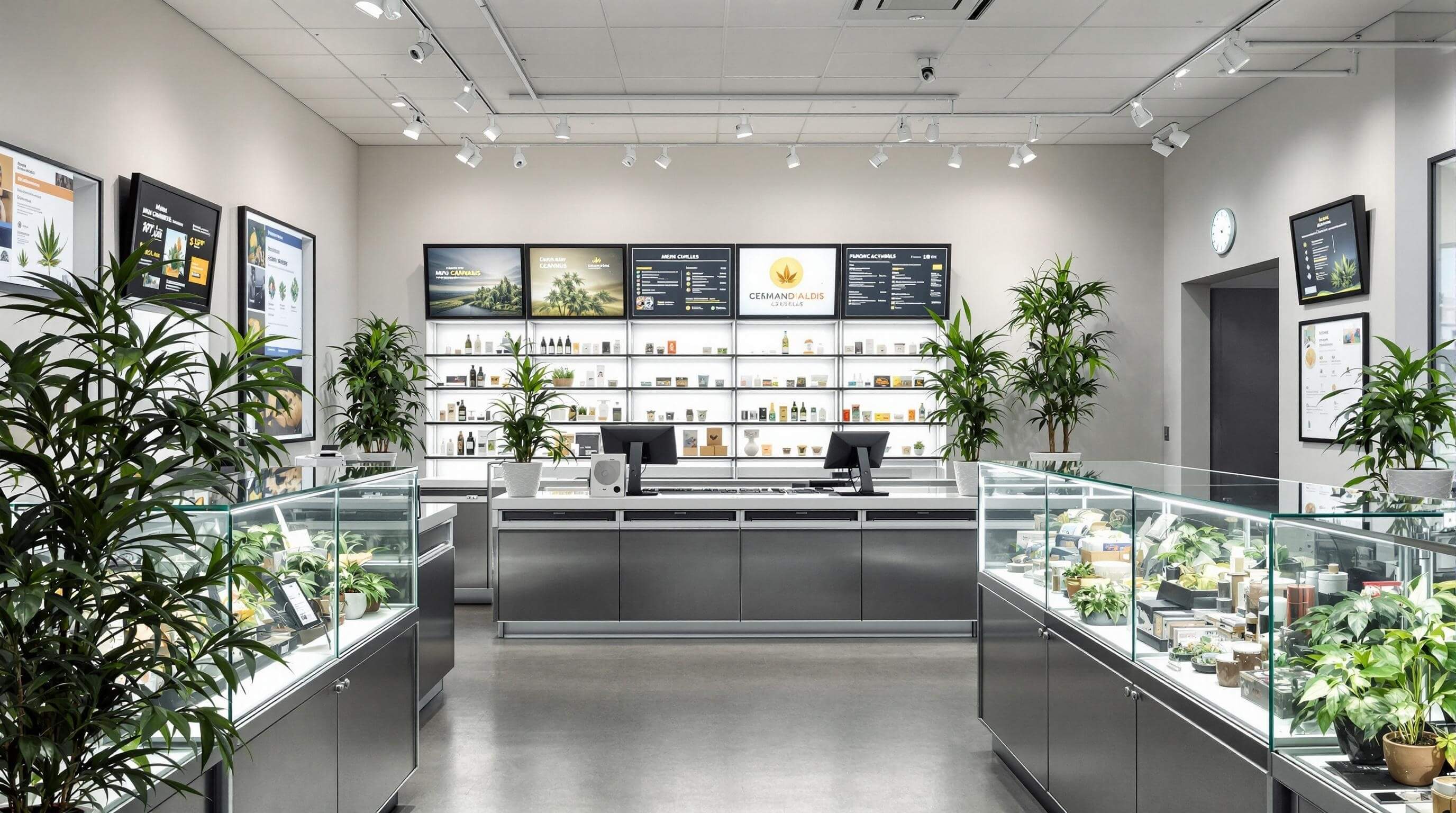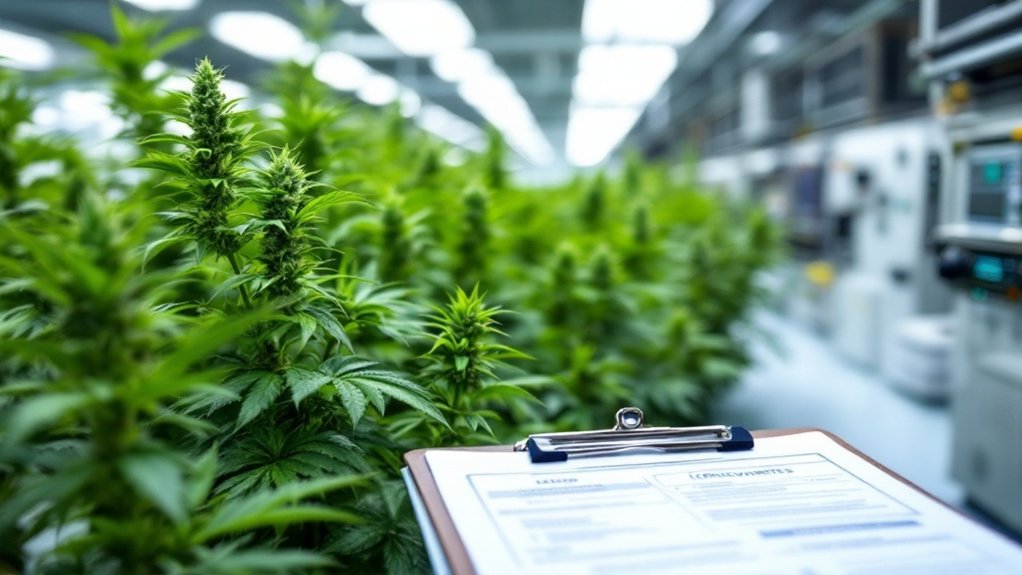Fully automated hydroponic systems deliver remarkable efficiency, producing up to 20 times more crops per acre than traditional farming while using 90% less water. These systems create ideal growing conditions through precise control of nutrients, pH, and climate, resulting in faster growth cycles and consistent quality. Labor requirements decrease by approximately 30% through robotics and IoT technology that enable remote monitoring and management. The closed-loop design eliminates agricultural runoff while supporting complete seed-to-harvest traceability. Further exploration reveals how these systems are transforming global food production.
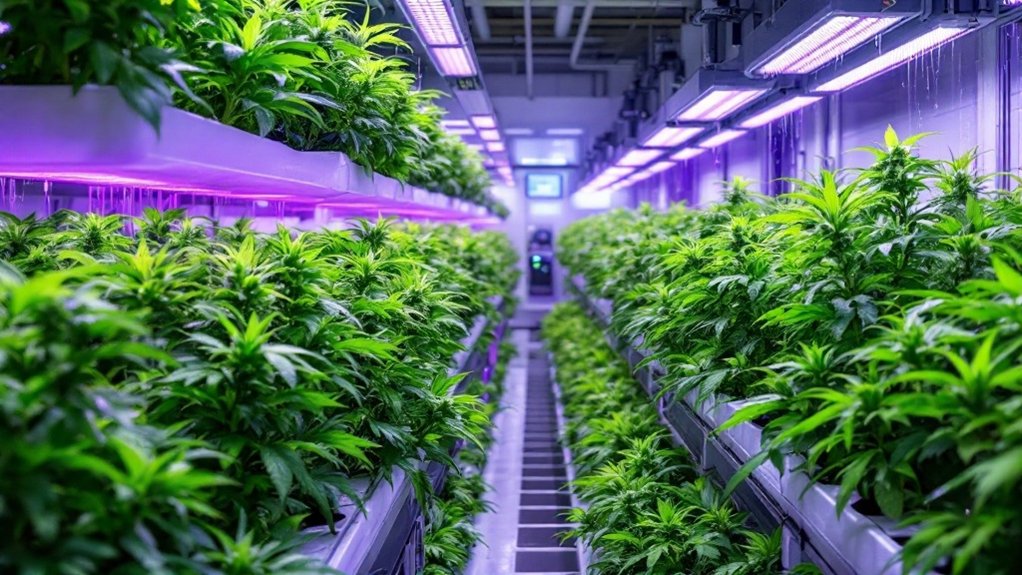
As agricultural technology continues to advance, automated hydroponic systems have emerged as a revolutionary approach to crop production that addresses numerous challenges facing traditional farming methods. These systems maximize efficiency by precisely controlling nutrient delivery and environmental factors, resulting in up to 20 times higher production per acre compared to traditional soil farming.
The integration of artificial lighting and climate controls guarantees crops receive ideal growing conditions 24 hours a day, regardless of external weather conditions or seasonal changes. This consistent environment accelerates crop growth cycles and shortens time to harvest, greatly increasing the frequency of crop turnover. This year-round cultivation capability helps address the growing challenge of food security as global population approaches 9.7 billion by 2050. Moreover, the use of vertical stacking in hydroponics further optimizes space utilization, particularly in urban settings.
Environmental precision powers year-round crop production, accelerating harvests beyond natural constraints.
Fully automated hydroponic farming excels in water and resource conservation, using up to 90% less water than conventional agriculture through sophisticated recirculation and precision irrigation techniques. Advanced monitoring systems deliver only the exact amounts of nutrients and water needed at each growth stage, minimizing waste and reducing operational costs.
The closed-loop design prevents agricultural runoff, preserving water quality in surrounding ecosystems and dramatically reducing environmental pollution. This efficiency makes hydroponics particularly valuable in urban or land-scarce regions where resource optimization is crucial. The fully automated segment dominated the market with over 45% share in 2024, reflecting commercial growers’ recognition of these substantial benefits.
Labor requirements decrease by up to 30% with automated hydroponic systems, as robotics and smart controls manage routine tasks that would otherwise require manual intervention. IoT and data-driven management systems enable remote operation, reducing the need for constant on-site personnel while improving workplace safety by delegating repetitive or potentially hazardous tasks to machines.
Predictive analytics further enhance efficiency by forecasting potential problems before they occur, preventing crop loss and optimizing supply chain management.
The precision of automated systems guarantees remarkable consistency in crop quality. Environmental factors including nutrient concentration, pH levels, temperature, and humidity are continuously monitored and adjusted, resulting in uniform crop size, color, and flavor profiles.
This consistency enhances marketability and builds consumer trust. The soil-free growing environment eliminates the risk of soil-borne pathogens and contaminants, greatly improving food safety standards. Thorough data tracking also supports complete traceability from seed to harvest, meeting regulatory requirements and consumer demands for transparency in food production.
This technology-driven approach represents the future of sustainable, efficient agriculture capable of meeting growing global food demands while minimizing environmental impact.
Looking for more information about cultivation? Check out our Guide to Cannabis Cultivation: Technology & Innovation.
Frequently Asked Questions
What Is the Initial Cost of Setting up Automated Hydroponic Systems?
The initial cost of setting up automated hydroponic systems varies considerably based on scale and complexity.
Small-scale home systems typically range from $500 to $2,000, with entry-level kits starting around $300.
Commercial operations require substantially higher investments to the tune of hundreds of thousands of dollars.
Infrastructure, equipment, and growing media collectively determine the total investment required.
How Much Electricity Do Automated Hydroponic Systems Consume?
Automated hydroponic systems consume varying amounts of electricity depending on several key components.
Grow lights typically use 50-1000 watts per unit, while water pumps require 20-100 watts for circulation.
Additional equipment such as aerators (2-30 watts) and climate control devices (50-1500 watts) contribute to overall consumption.
Total system usage often exceeds 10 kWh/day in larger setups.
Factors affecting electricity consumption include system type, crop selection, automation level, lighting technology, and environmental conditions.
Can Automated Hydroponic Systems Be Integrated With Smart Home Technology?
Automated hydroponic systems integrate seamlessly with smart home technology through multiple connectivity options.
They can connect to home automation hubs via WiFi, Bluetooth, or Z-Wave protocols, allowing users to monitor and control growing conditions remotely.
Environmental sensors transmit real-time data on pH levels, temperature, and humidity to smart home dashboards.
Systems with API access enable custom automation routines that coordinate with other smart devices, creating extensive environmental controls that respond to changing conditions throughout the home.
What Maintenance Is Required for Automated Hydroponic Pumps and Sensors?
Automated hydroponic pumps require monthly cleaning to prevent clogging and regular inspection for unusual noises that indicate mechanical issues.
Water pressure should be monitored consistently, as decreases may signal impending pump failure.
Sensors, particularly pH and electrical conductivity probes, demand daily verification and routine calibration to guarantee accurate readings.
Mineral buildup on sensor surfaces must be removed regularly, and all connection points should be examined for corrosion or moisture damage during system maintenance.
Are There Backup Systems for Power Outages in Automated Hydroponics?
Automated hydroponic systems typically employ multiple backup power solutions to prevent crop loss during outages.
Uninterruptible Power Supplies (UPS) provide immediate short-term power for essential components like pumps and controllers, typically lasting 30 minutes to 4 hours.
For extended outages, standby generators with automatic transfer switches guarantee continuous operation.
System redundancy combining UPS with battery-operated air pumps increases resilience, while some systems incorporate passive hydration methods as fallbacks.
Different growing methods exhibit varying levels of vulnerability, with aeroponic systems requiring the most robust backup solutions.
